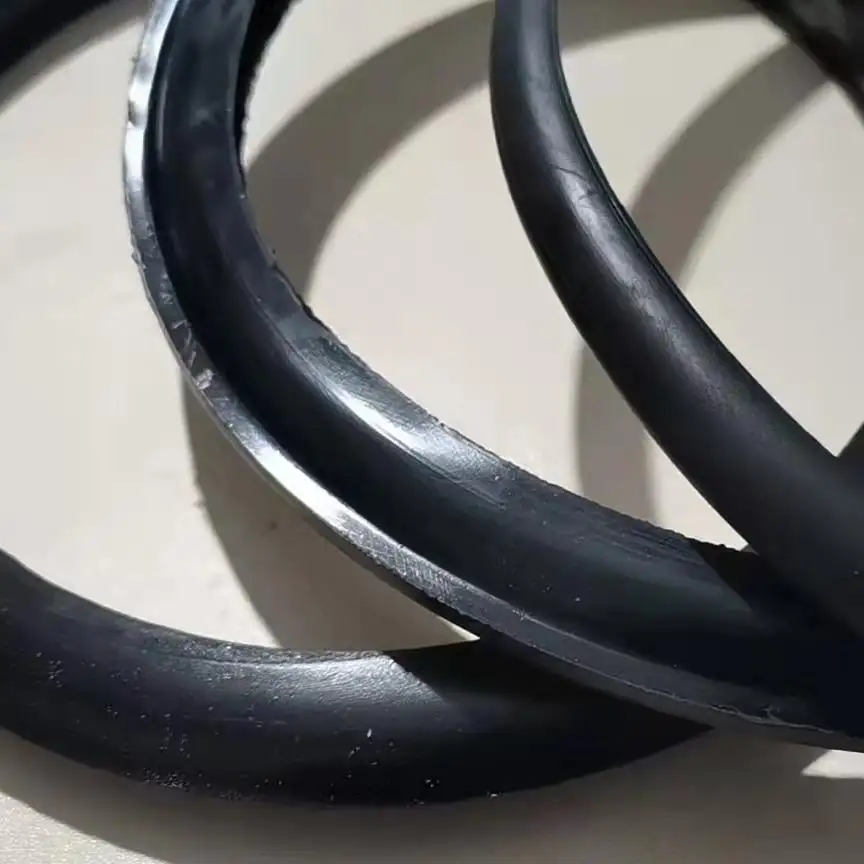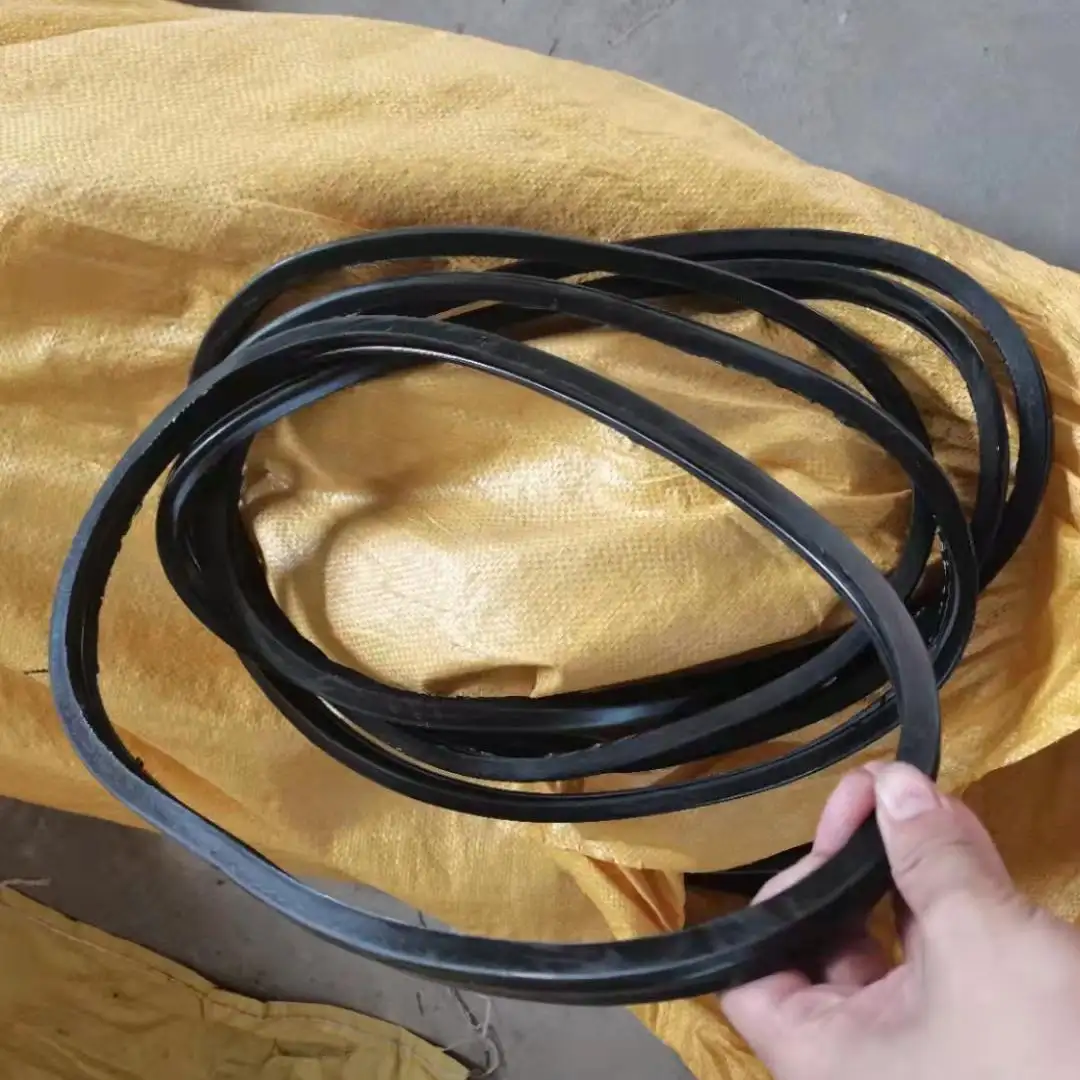الاحتراف في استخدام عوامل فصل الألياف الزجاجية
في عالم تصنيع المواد المركبة، يعد تحقيق فصل نظيف وفعال للقالب أمرًا بالغ الأهمية لإنتاج أجزاء عالية الجودة من FRP (البلاستيك المقوى بالألياف). الألياف الزجاجية محرِّكات الإطلاق تلعب دورًا حيويًا في هذه العملية، حيث تعمل كحاجز غير مرئي بين سطح القالب والمادة المركبة. إن فهم كيفية اختيار هذه العوامل وتطبيقها بشكل صحيح يمكن أن يُحدث الفرق بين إنتاج أجزاء مثالية وحدوث تأخيرات إنتاج مكلفة.
يعتمد نجاح عملية تصنيع الألياف الزجاجية المدعمة بالبلاستيك (FRP) بشكل كبير على استخدام العامل المناسب للإطلاق بطريقة صحيحة. سواء كنت تنتج مكونات صغيرة أو أجزاء صناعية كبيرة، تظل المبادئ نفسها – تؤدي تطبيق صحيح للعامل المُطلق إلى إنهاء أفضل للسطح وتقليل أوقات الدورة وزيادة عمر القالب.

فهم أنواع عوامل الإطلاق في تصنيع الألياف الزجاجية المدعمة بالبلاستيك (FRP)
عوامل الإطلاق التضحية
تم تصميم عوامل الإطلاق التضحية لتُطبق وتُزال في كل دورة صب. وعادةً ما تتكون هذه العوامل من شموع أو مواد بوليمرية تخلق حائلاً مؤقتًا بين القالب والمادة المركبة. وهي ممتازة في توفير خصائص إطلاقة جيدة للهندسات المعقدة، وخصوصًا مفيدة عند العمل مع قوالب جديدة أو قوالب لم تُستخدم بشكل كافٍ سابقًا.
تتمثل الميزة الرئيسية لعوامل الإطلاق التضحية في قدرتها على تقديم نتائج متسقة عبر أنظمة الراتنج المختلفة. ومع ذلك، فإنها تتطلب تطبيقاً أكثر تكراراً، ويمكن أن تكون أكثر كثافة من حيث العمل مقارنة بالأنواع الأخرى.
عوامل إفراج شبه دائمة
تشكل عوامل الإطلاق شبه الدائمة رابطاً كيميائياً متيناً مع سطح القالب، مما يسمح بإجراء عمليات إفراج متعددة قبل الحاجة إلى إعادة التطبيق. عادةً ما تعتمد هذه العوامل على السيليكونات التفاعلية أو الفلوروبوليمرات التي تخلق فيلم إفراج رفيعاً للغاية ومتيناً بشكل كبير.
تجعل كفاءة عوامل الإطلاق شبه الدائمة منها شائعة بشكل متزايد في بيئات الإنتاج ذات الحجم الكبير. فهي تقلل من توقف الإنتاج، وتحد من انتقال العامل إلى القطع المقولبة، وتوفر خصائص إفراج ممتازة عبر دورات متعددة.
تقنيات التطبيق الصحيحة
إعداد السطح
قبل تطبيق أي عامل إزالة FRP، من الضروري إعداد سطح القالب بشكل صحيح. ابدأ بتنظيف سطح القالب جيدًا لإزالة جميع آثار عوامل الإزالة السابقة والرواسب الراتنجية والملوثات. استخدم المذيبات المناسبة للتنظيف وقم بمسح السطح لاحقًا باستخدام قطع قماش نظيفة وخالية من الوبر.
للحصول على أفضل النتائج، تأكد من أن سطح القالب جاف تمامًا وعند درجة الحرارة الموصى بها قبل تطبيق عامل الإزالة. يمكن أن تؤثر أي رطوبة أو تغيرات في درجة الحرارة بشكل كبير على فعالية طبقة الإزالة.
طرق التطبيق
الطريقة المستخدمة في تطبيق عوامل إزالة FRP تؤثر بشكل كبير على أدائها. بالنسبة للعوامل السائلة، استخدم مناشف نظيفة وخالية من الوبر أو وسادات تطبيق متخصصة. طبق طبقات رقيقة ومتساوية باستخدام حركات متداخلة لضمان تغطية كاملة. يُفضل تطبيق عدة طبقات رقيقة بدلاً من طبقة واحدة سميكة، حيث يمكن أن تؤدي الطبقة السميكة إلى التراكم وعيوب السطح.
عند استخدام الرش، احرص على الحفاظ على مسافة وسرعة ثابتة لتحقيق تغطية موحدة. اتبع دائمًا أوقات العلاج الموصى بها من قبل الشركة المصنعة بين الطبقات وبمجرد بدء عملية التشكيل.
تحسين أداء عامل الإطلاق
الضوابط البيئية
تلعب درجة الحرارة والرطوبة أدوارًا حاسمة في أداء عوامل الإطلاق FRP. حافظ على ظروف بيئية ثابتة في منطقة التشكيل الخاصة بك لضمان نتائج مثلى. تعمل معظم عوامل الإطلاق بشكل أفضل ضمن نطاقات درجات حرارة معينة، وعادة ما تكون بين 60-80 درجة فهرنهايت (15-27 درجة مئوية).
التهوية المناسبة ضرورية أيضًا، ليس فقط من أجل سلامة العمال ولكن أيضًا لضمان العلاج السليم لعامل الإطلاق. فكر في استخدام أنظمة تحكم المناخ في منطقتك الإنتاجية للحفاظ على ظروف مستقرة على مدار السنة.
الصيانة والمراقبة
يساعد مراقبة أداء عامل الإطلاق بشكل منتظم في منع المشاكل قبل أن تؤثر على الإنتاج. احتفظ بسجلات مفصلة لأوقات التطبيق، وعدد عمليات الإطلاق التي تحققت، وأي مشاكل في جودة السطح. تساعد هذه البيانات في تحسين استخدام عامل الإطلاق والتنبؤ بوقت الحاجة لإعادة التطبيق.
قم بإنشاء جدول صيانة منتظم لتنظيف القوالب وإعادة تطبيق عامل الإطلاق. يساعد هذا النهج الوقائي في الحفاظ على جودة ثابتة للأجزاء ويقلل من الانقطاعات غير المتوقعة في الإنتاج.
حل المشاكل الشائعة
عيوب السطح
عند ظهور عيوب سطحية على الأجزاء المقولبة، قم بتقييم عملية تطبيق عامل الإطلاق بشكل منهجي. تنشأ مشاكل شائعة مثل عين السمكة أو الثقوب الدبوسية أو الأسطح الخشنة غالبًا من تقنية تطبيق غير صحيحة أو تلوث. قم بمعالجة هذه المشكلات من خلال مراجعة إجراءات التنظيف وطرق التطبيق.
إذا استمرت المشاكل، ففكر في عوامل مثل درجة حرارة القالب، توافق عامل الإطلاق مع نظام الراتنج الخاص بك، والظروف البيئية. في بعض الأحيان، يمكن أن تحل مشاكل الاستمرارية عن طريق التبديل إلى نوع مختلف من عوامل الإطلاق أو تعديل تقنية التطبيق.
صعوبات الإطلاق
عندما تصبح القطع صعبة الإطلاق، من الضروري تحديد ما إذا كانت المشكلة ناتجة عن تغطية غير كافية بعامل الإطلاق، أو تراكم لعامل الإطلاق القديم، أو عدم توافق بين عامل الإطلاق ونظام الراتنج الخاص بك. ابدأ بتنظيف القالب بشكل جيد وإعادة تطبيق عامل إصدار جديد وفقًا لمواصفات المصنّع.
للمقاطع الصعبة بشكل خاص، مثل السحب العميق أو الهندسات المعقدة، فكر في استخدام عوامل إصدار متخصصة تم تصميمها للإطلاقات الصعبة. غالبًا ما توفر هذه التركيبات أداءً محسنًا في المناطق المشكلة.
الأسئلة الشائعة
ما مدى تكرار إعادة تطبيق عوامل الإطلاق FRP؟
يعتمد تكرار إعادة التطبيق على عدة عوامل، من ضمنها نوع عامل الإطلاق المستخدم وظروف الصب وتعقيد أجزاءك. عادةً ما تدوم عوامل الإطلاق شبه الدائمة لعدة عمليات إطلاق (في كثير من الأحيان 5-10 دورات أو أكثر)، بينما تتطلب عوامل التضحية إعادة تطبيق في كل دورة. راقب جودة القطعة وسهولة الإطلاق لتحديد التوقيت الأمثل لإعادة التطبيق وفقًا لعملية الإنتاج الخاصة بك.
هل يمكنني مزج أنواع مختلفة من عوامل الإطلاق FRP؟
لا يُوصى بخلط عوامل إطلاق مختلفة لأن ذلك قد يؤدي إلى مشاكل توافق ونتائج غير متسقة. يجب دائمًا إزالة نوع عامل الإطلاق السابق بالكامل قبل التبديل إلى نوع آخر، واتبع إرشادات المصنّع الخاصة بإجراءات التنظيف والتطبيق الصحيحة.
ما هي احتياطات السلامة التي يجب أن أتخذها عند التعامل مع عوامل الإطلاق FRP؟
يرتدى دائمًا معدات الحماية الشخصية المناسبة (PPE)، بما في ذلك القفازات، وحماية العين، وحماية الجهاز التنفسي عند تطبيق عوامل الإفلات. تأكد من التهوية المناسبة في منطقة العمل، واتبع جميع إرشادات السلامة المقدمة في ورقة بيانات السلامة (SDS) الخاصة بالمنتج. احفظ عوامل الإفلات في حاويات مناسبة بعيدًا عن مصادر الحرارة والمواد غير المتوافقة.

